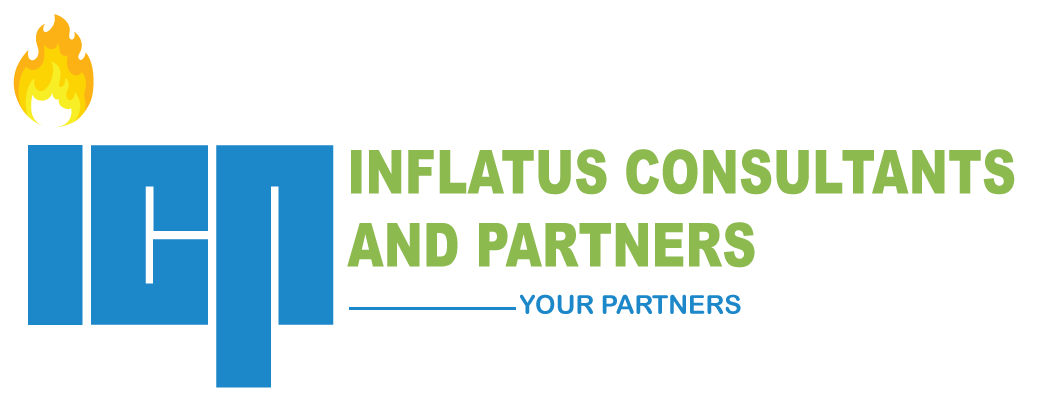HOW TO CONDUCT PROJECT HEALTH CHECK
How is your project doing? Is it in good health? Do you know how to conduct schedule health check? Do you know how to uncover potential project problems before they become real problems?
Those above 40 years old are generally advised to undergo comprehensive medical checkup at least once a year. Some even advise that the older one gets, the more frequent the health check should be carried out. The aim is to identify problems early and fix them.
Yes, I understand that your project is not up to 40 years old! But when did it have the last comprehensive health check? Project health check serves the same objective as human health check. It identifies the onset of problems and allows enough time to fix them before they develop into a crisis that derails project objectives. Do not just follow the project; manage it.
Of course, most project troubles ultimately impact the schedule. Therefore, schedule health check would uncover the root cause of most project problems.
Several metrics have been designed for checking the state of health of our projects. Each metric examines an aspect of the project schedule in order to uncover any impending problems. The result gives a multidimensional view of project health.
The Defense Contract Management Agency (DCMA) has published 14 metrics for use in assessing schedule health. These metrics examine such issues as task completion rate, efficiency rate, total float consumption as an indication of the feasibility of the completion date, etc. I know that these terms are new to many project control professionals. However, there are not overly complicated.
I will, therefore, demonstrate the application of only on of them, for the sake of brevity. I may continue with some others in future posts.
Baseline Execution Index (BEI)
This assesses the efficiency of task execution by comparing the number of tasks scheduled for completion within a given project time frame with the number actually completed. In a way, it is a measure of the efficiency with which the project tasks are being executed.
An example will suffice.
Let us assume that for the period in question, we had scheduled to complete 584 tasks.
Let us also assume that after running filters for tasks completed during the period you discover there were 363. Your BEI will be 363/584 = 0.6215 (62.15%).
As you may already suspect, a value greater than 1 is good, implying that we are completing tasks faster than planned. BEI value less than 1 is bad (your project is sick!), it indicates that we are not completing as many tasks as we planned – there is uncompleted task carry over. A value of one indicates that things are going as planned.
Thus, the BEI of .6215 calculated for this sample project shows that our project is being executed at an efficiency of 60.15%. In other word, we are completing only 60% of the tasks for the time allocated. If this performance level is representative of the project then it means that the project will not be completed on time. In fact, it means that it will be late by 60%. That is, if this project was scheduled to be completed in 100 days, it will be completed in 160 days.
The utility of this index is that it is a simple and easy way of checking where your project is today, where it is headed, and when it is likely to end, if nothing changes. This allows the project manager the time to take required action to bring the project back on track.


